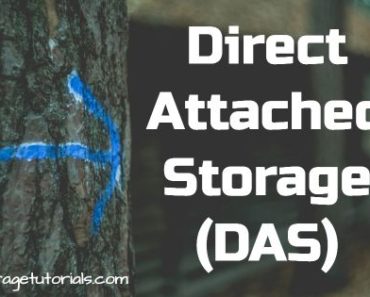Today, choosing the right storage drive is more complex than ever. With tech evolving so fast, terms like SSD and NVMe have become commonplace in upgrade guides, laptop reviews, and conversations among enthusiasts. But what’s the real difference between SSD and NVMe? This article explains the distinctions in plain language, so you can confidently pick the best storage for your needs.
Table of Contents
What Is an SSD?
An SSD, or Solid State Drive, is a device that stores data on flash memory, with no moving parts. Compared to traditional hard drives, SSDs are:
- Much faster (quicker boot times, rapid file access)
- More reliable and durable
- Silent and energy-efficient
Most SSDs use the SATA interface, which is the same connection used for older hard drives. While SATA SSDs are far quicker than HDDs, they do have speed limitations—typically capping out at 550 MB/s.
What Is NVMe?
NVMe stands for Non-Volatile Memory Express. It’s a protocol specifically designed for solid-state technology, and it connects directly to the motherboard using PCIe slots, instead of the older SATA interface.
Because of this advanced connection:
- NVMe drives can achieve blazing speeds: from 2,000 MB/s up to 7,000 MB/s (and even higher with new PCIe generations)
- They offer dramatically lower latency, improving multitasking and performance for intensive work
- Storage-intensive activities like gaming, video editing, and large file transfers feel significantly faster with NVMe
SSD vs NVMe: Main Differences
Let’s see how SSDs and NVMe compare side by side:
| Feature | SATA SSD | NVMe SSD |
|---|---|---|
| Max Speed | ~550 MB/s | 2,000–7,000+ MB/s |
| Connection Type | SATA | PCIe (M.2, U.2) |
| Compatibility | Works on almost all systems | Requires PCIe/M.2 slot |
| Price per GB | Less expensive | Slightly higher |
| Use Case | General computing | Power users, creators, gamers |
Which Is Right for You?
- General Upgraders: If you’re upgrading an older PC or laptop, a SATA SSD provides a massive improvement at a lower price.
- Gamers & Creators: NVMe is ideal for those running demanding games or apps, editing large videos, or needing the fastest transfer times.
- Compatibility Check: Not all devices support NVMe. Always confirm your motherboard has the right PCIe/M.2 slot before buying.
Real-World Benefits
- Boot and Load Times: Both SSD and NVMe will make your system feel much faster than it did with a traditional hard drive.
- Performance Edge: NVMe delivers instant load times for data-heavy tasks. Think high-end gaming, video production, and rapid backup routines.
- Price Gap Shrinking: NVMe drives are becoming more affordable, often costing just a little more than SATA SSDs.
Tips Before You Buy
- Always check your device’s specs before purchasing a new drive.
- For most everyday users, a SATA SSD is still a cost-effective way to dramatically improve storage speed.
- If you need top-end speeds for professional or enthusiast use, NVMe is the future.
Conclusion
The real difference between SSD and NVMe lies in speed, interface, and ideal use case. While both options are massively faster than HDDs, NVMe takes performance to the next level. For everyday users, SATA SSDs are perfectly adequate—but if you want cutting-edge speed and your system is compatible, consider NVMe for your next upgrade.
Have questions about compatible drives or real-world benchmarks? Leave a comment below and join the discussion!


